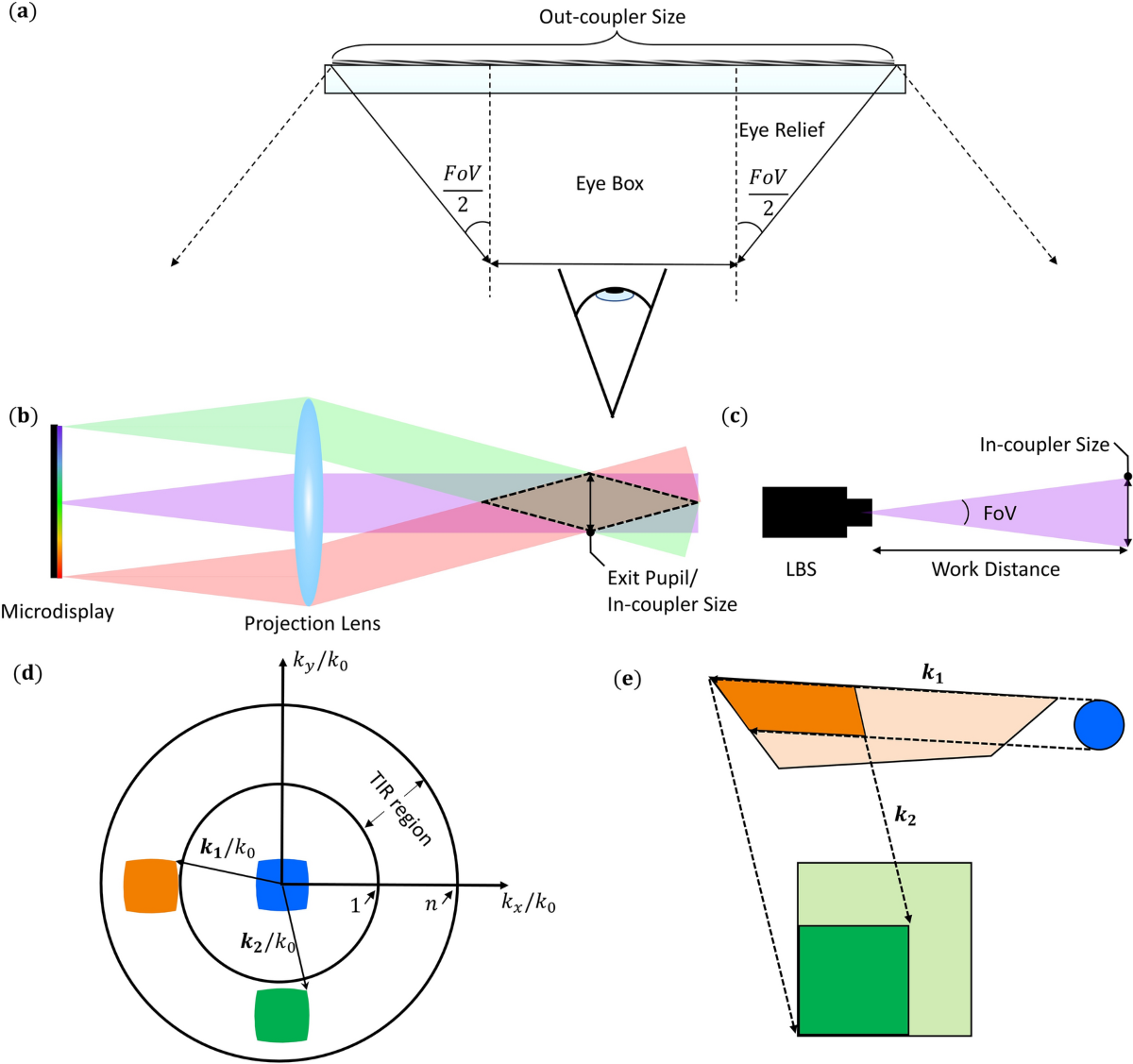Improving the resolution of waveguide displays is crucial for enhancing the visual experience in augmented reality applications. Here are some promising approaches to achieve better resolution:

1. Advanced Fabrication Techniques
- Nanoimprint Lithography: This technique allows for the creation of fine features at the nanoscale, enabling higher-resolution waveguides by improving light coupling and propagation.
- Laser Direct Write: Utilizing laser technology to create precise patterns on waveguide materials can enhance resolution while allowing for complex designs.
2. Micro-optical Elements
- Micro-lenses and Diffractive Optical Elements (DOEs): Incorporating micro-lenses or DOEs can improve light management within the waveguide, enhancing image clarity and resolution.
- Binary Optics: Using binary optics can help in shaping the light path more effectively, leading to improved focus and resolution.
3. Optimized Material Selection
- High Refractive Index Materials: Utilizing materials with higher refractive indices can improve light confinement and reduce losses, contributing to better resolution and image quality.
- Low-Scattering Materials: Selecting materials with minimal scattering properties can help maintain clarity and detail across the display.
4. Multi-layer Waveguide Designs
- Layered Structures: Developing multi-layer waveguide designs can allow for more complex light processing, improving the effective resolution by using different layers for different optical functions.
- Gradient Index Waveguides: Employing gradient index profiles can help in better light manipulation and focusing, enhancing overall resolution.
5. Improved Light Sources
- High-Resolution Micro-displays: Using higher-resolution micro-displays as light sources can directly boost the effective resolution of the waveguide by providing finer pixel details.
- Laser-based Light Sources: Employing laser sources can result in sharper images due to their coherence and directionality, improving overall display quality.
6. Adaptive Optics
- Real-time Adjustments: Integrating adaptive optics technologies can allow for real-time adjustments to the light path, optimizing resolution based on the viewing conditions and user needs.
- Feedback Mechanisms: Using sensors to monitor image quality and adjust optical elements dynamically can help maintain high resolution.
7. Digital Signal Processing
- Image Enhancement Algorithms: Implementing advanced image processing techniques can improve perceived resolution by sharpening images and reducing artifacts.
- Super-resolution Techniques: Utilizing algorithms that combine multiple images to create a higher-resolution output can enhance the overall visual experience.
Conclusion
These approaches represent a combination of material science, optical engineering, and digital processing advancements that can collectively enhance the resolution of waveguide displays. Continuous research and innovation in these areas are essential for overcoming current limitations and improving the user experience in augmented reality applications.


